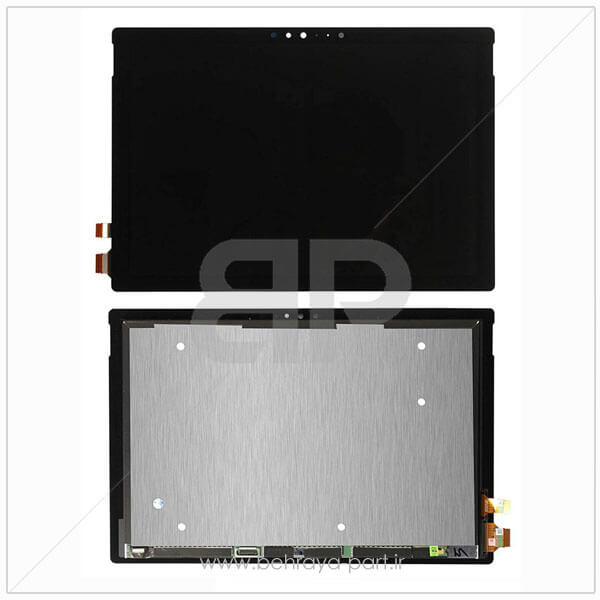


Not the least of which was the choice of operating system: either the much-maligned Windows 8, or the the severely limited (and now deservedly extinct) Windows RT. Any design innovations - the snap-on keyboard, the fold-out kickstand - felt overwhelmed by quirks and compromises. Debuting in 2012, Microsoft's line of tablets were, if not outright mocked, then damned by faint praise at best: an overreach by a software-and-services company into the rough-and-tumble world of computer hardware a Hail Mary response to the megasuccess of Apple's iPad the previous year. Looking at the finely polished Pro 4, it's worth remembering the humble beginnings of the Surface line. That's a wise move, because at this point, the Surface Pro line is less about pitching the very concept of the tablet PC with a detachable keyboard to wary shoppers, and more about seeing how far it can go in refining the finished product. The 2015 version of Microsoft's tablet adds the latest Intel processors, a slightly larger screen (perfectly sized at 12.3 inches with a just-right 3:2 aspect ratio), and a handful of hardware and software tweaks, but doesn't radically change the DNA of its predecessor, 2014's excellent Surface Pro 3. The new Surface Pro 4 is Microsoft taking a victory lap - and a well-deserved one at that.Īfter three generations of pitching "a tablet that can replace your laptop" - with mixed success - the formula has finally clicked. In the meantime, Microsoft brought out its first-ever laptop, the competent Surface Book, which it refreshed in October 2016, increasing the power and battery life (and price) of the top-tier model (the $2,399 Surface Book i7). Apple's iPad Pro and Google's Pixel C have lately borrowed envelope-pushing features like the Surface's snap-on keyboard and multitasking chops. In fact, the Surface line has become something of a category trailblazer. And with the arrival of Windows 10 in July 2015, that which blemished all previous Surface models - an inelegant operating system - was finally replaced by a solid OS that could fulfill the potential of its form factor. Equipped with robust processing power, a perfectly sized display and just-right aspect ratio, and a few critical add-on accessories, the Pro 4 solidified the Surface's position as the gold standard for Windows tablets. Fall '16 updateĪfter years of development and millions of advertising dollars spent to convince us that a tablet could plausibly replace a laptop, Microsoft finally delivered the goods with the Surface Pro 4. Editors' note: The review of Microsoft's Surface Pro 4, originally published in October 2015 and updated since, follows.


 0 kommentar(er)
0 kommentar(er)
